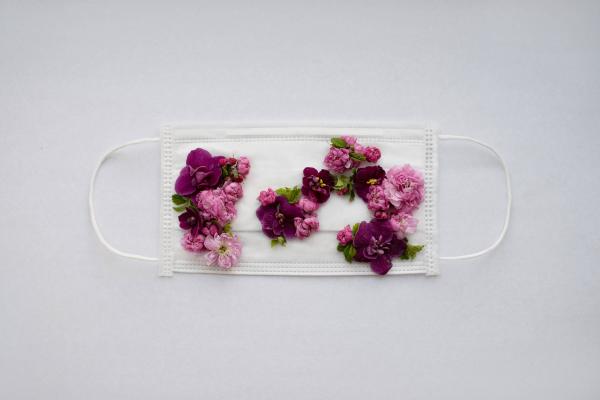May 15, 2020
At the end of the semester, I snipped an iris at its base, the luminous purple petals reminding me of our history as resilient people in diverse places. During my closing online class, I showed the students a vase of flowers, which my daughter and I had arranged on the wrought-iron table on my deck. Maybe I was subconsciously using perennials that return each year as some obvious metaphor for persistence as they peered at me from their childhood homes in California, Texas, South Carolina, and Maine.
Read the Full Article

Already a subscriber? Login
